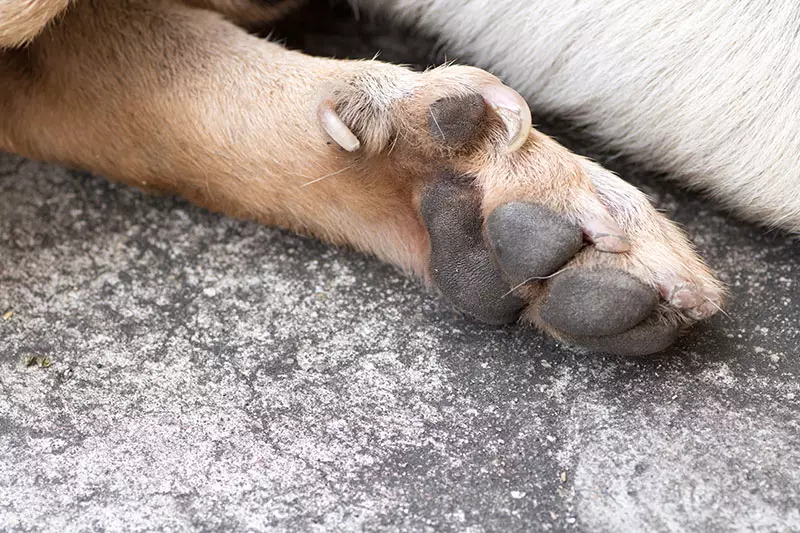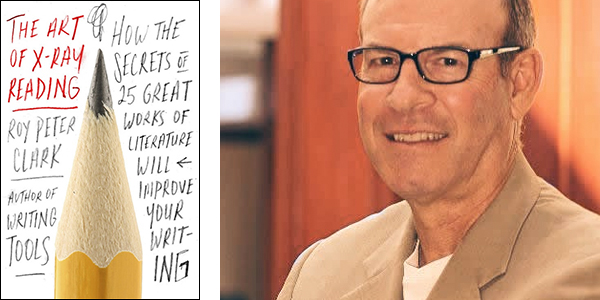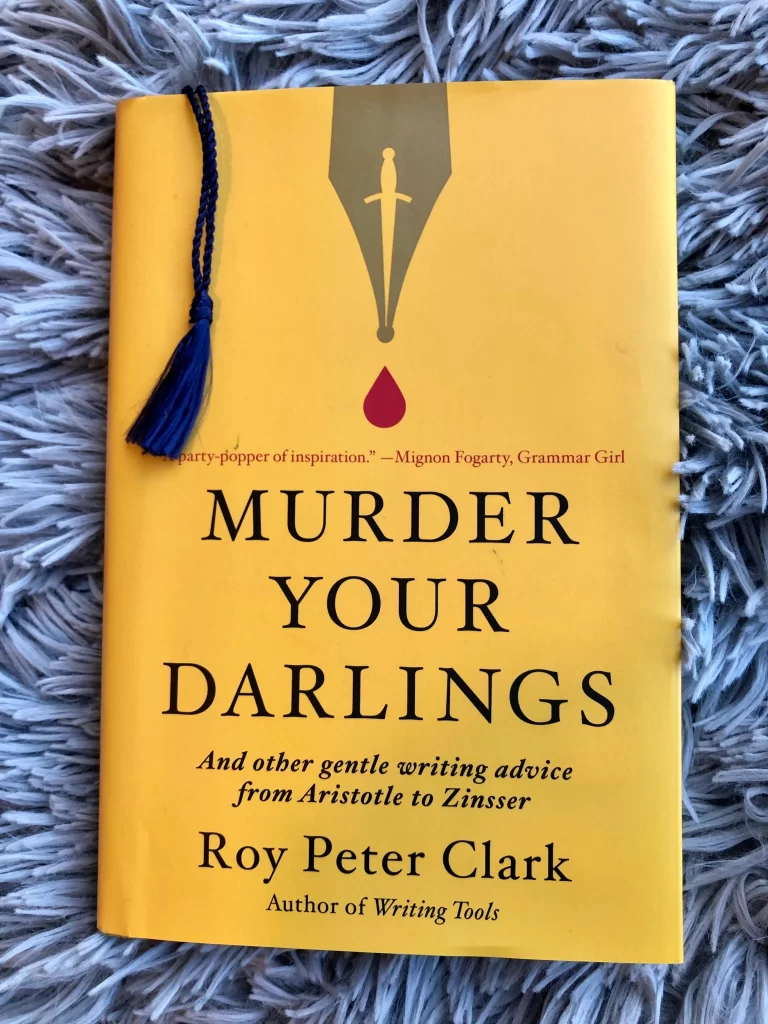
By William Van Zyl
Published in December 2022.

Tool# 14: I share my dog’s name – a brown coloured dachshund named Jason (1997). It all happened at a hardware store in Alberton. Suddenly he was gone without a trace. Location: The Johannesburg area in South Africa. The introduction will whet your appetite to hear more.
“One moment, please tell me, what is the name of the dog?” asked the reporter.
“His name is Jason. I’ve had him for 6 years. He is my most trusted friend.”
“What makes Jason special to you? Do you have any significant stories of Jason?” asked the reporter.
“He is very intelligent – a brown dachshund. Dachshunds are very clever dogs. They love touch. Throughout the day he will snug up against me and nap. Sometimes, when I sit down, he jumps onto my lap and rests on my legs. He is quite heavy, but I tolerate his weight. When he looks into my eyes, my heart just melts. He is so loving.”
“Aaahhh, so cute.”
“The most significant story of Jason probably is that he once disappeared. He is very friendly. If a stranger opens a car door, he will jump in. He is so trusting. And that is exactly what happened once. I was at a hardware store with a large open field next to it. He was running around enjoying himself. I wasn’t attentive for a while. My wife was in the car, and she was also distracted for a while. Then as I called him, he was gone, nowhere to be seen. Luckily, someone in a car in the carpark saw what had happened. She ran up to my wife and me and said someone saw the dog on the other side of the field. They stopped, opened the car door, and Jason jumped in. They took off. Did they think he was lost?”
“What happened? Did you get him back?”
“Yes, I did get him back about 2 days later.”
“How did you get him back?”
“He had a microchip in his neck. The people who stopped thought that he was lost. They took him to the nearest SPCA. We made several calls hoping they would take Jason to the nearest vet or SPCA. And lo and behold, we received a call from a local vet 2 days later. We were overjoyed! We identified him by pointing out the loose hanging dew claw on his right front leg – just above his foot.”
“Great story!”
“Where is Jason now? Is he still alive?”
“Jason lies buried next to a large tree in Maroela Street, Rustenburg, South Africa. We found him foaming at the mouth when he a was about 6 years old. “
“What happened?”
“I happened twice, the first time we were able to get him through. The second time he died in our arms.”
“Was he sick?”
“No, someone poisoned him. We never found out who did it and why. It is a mystery to this day. We as a family really loved Jason. He was our best friend. We still mention him in our conversations to this day – we will never forget Jason. He was a very special dog.”
“So sorry to hear that.”
“The only thing we know is that other dogs in the neighbourhood were also poisoned during that time. The motive for the killing is a secret to this day.”
————–0—————-

I have listened to 3 audiobooks by one of the most influential writing teachers still alive – Roy Peter Clark. I list them for you: Murder your darlings, Writing tools and The art of x-ray reading. Mr Clark, you have given us outstanding books on writing, sharing all your experience and knowledge. Thank you sir.
I do have Writing Tools on my shelf. I have read it several times and will read it several times more in the future. One of the short chapters is now part of my writing repertoire. Repetition is a good and powerful habit. I share it in short – from Writing Tools – to whet your appetite.


The title of one of Clark’s short chapters is Tool #14: ‘Get the name of the Dog.’ I love this chapter; it resonates with me.
In short, when writing, always get the dog’s name (the details, the names, the place, a short story behind the story, and more). Don’t only focus on what happened; go deeper.
Clark states that ‘the name of the dog’ is essential because it makes the story “real.” It hooks the reader in. You may ask why. I’ll answer. The reader wants to relate to the story. I believe that people reading a story – for example, a story about a dog – would be more interested in facts and true stories about the dog rather than the news about what happened to the dog or the person behind it. The story in the introduction is fully true. Jason went missing in the Alberton area, Johannesburg, South Africa, during1997. He also died of poisoning when he was 6 years old.
When someone reports a story, the type of questions the reporter ask is crucial. Vague questions allow important information to be lost. It is the small details like what is the dog’s name; where did it happen; tell me about the personality of the dog; do you have any significant stories on the dog; how old is the dog; what is his favourite food; and more, that is important.
This rule applies not only to dog stories but to all stories. Writers and reporters need details. Make lots of notes. Ask many questions:
1. Notes: Take endless notes — story ideas, impressions of sources, unique insights — and mine them for future articles. Ask many questions. Think about your questions before you have your interview. Jot them down. Knowledge is the cornerstone of superior stories in journalism and content marketing.
2. Research: No matter the type of content you create, using data, statistics, and research will bolster the credibility of your articles.
3. Writing: Once you have quality information and a point to make, you must package it into a clear and compelling story. How will you present it? To write compelling non-fiction you have to be creative. Here are 5 things you could do: 1. Tell a memorable story. 2. Bait your audience. 3. Use emotional language. 4. Say it simply. 5. Surprise the reader. Link to the 5 ideas: https://thewritelife.com/nonfiction-writing-techniques/
4. Be creative and innovative: Think about how you will start your story. In this article, I started with a conversation between a journalist and a person (the person was me) on a true dog story. How will you start your story? Maybe a poem, a conversation, a compelling story, a photograph, a diagram, a sketch, or something else.
Always remember to get the name of the dog.
About Dachshunds and Jason:
The dachshund, also known as the wiener dog, badger dog, and sausage dog, is a short-legged, long-bodied, hound-type dog breed. The dog may be smooth-haired, wire-haired, or long-haired, and comes in a variety of colors.
Dachshunds are very intelligent but are also independent and often stubborn, so they can be a challenge to train. They love to give and receive affection and do best with positive, reward-based training. They are sensitive and will not react well to harsh commands or punishment. Dachshunds are very loyal and caring. These social canines are protective and caring of their family. While young children must be supervised so as not to accidentally injure these playful but petite canines, dachshunds are lively and very vocal. Though they are little, dachshund displays a huge amount of confidence and courage.
Copyright © 2022 by William Van Zyl
Get the name of the dog.
All rights reserved. This eBook/article or any portion
thereof may not be reproduced or used in any manner
without the publisher’s express permission, except for using brief quotations in a book review.
Published by Five House Publishing (New Zealand)
First Publishing, December 2022
More eBooks and articles are available at https://fivehousepublishing.com/
More about the author at http://williamvanzyl.com/
Podcasts:

https://feed.podbean.com/williamvzyl/feed.xml
https://williamvzyl.podbean.com/